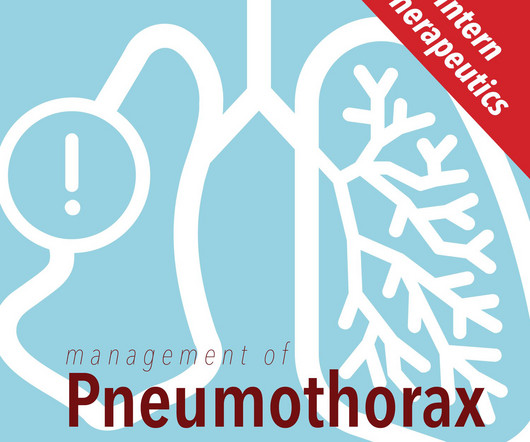Serial PoCUS for ED Patients with Acute Dyspnea: Is More Actually Better?
RebelEM
JANUARY 25, 2024
Background: Point-of-care ultrasound (PoCUS) is a valuable clinical tool in the assessment of acute dyspnea. Impact of serial cardiopulmonary point-of-care ultrasound exams in patients with acute dyspnoea: a randomized, controlled trial. PoCUS evaluations included lung ultrasound (LUS) and focused cardiac ultrasound (FoCUS).














Let's personalize your content